A Guide to Victorian House Plans
Victorian homes are some of the most popular architectural styles around, as well as one of the most easily identifiable styles. When you think of Victorian homes, you probably think of old Gothic mansions with turrets and covered verandahs with an interior featuring lavish parlors, high ceilings and hidden rooms or nooks.
While the stereotypical features of a Victorian-style house are often accurate reflections of the style, there is so much more to Victorian homes than just intimidating architecture and vintage accents.
What Are the Characteristics of a Victorian House?
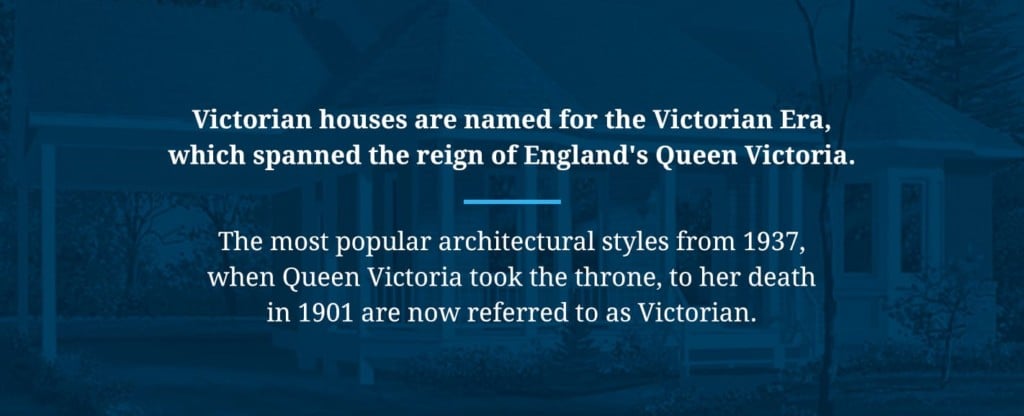
Victorian houses are named for the Victorian Era, which spanned the reign of England’s Queen Victoria. The most popular architectural styles from 1937, when Queen Victoria took the throne, to her death in 1901 are now referred to as Victorian.
Victorian homes are often divided up into Early Victorian and Later Victorian styles, and many of the most common features of this architectural style are features from older architectural movements, including Medieval Gothic and Romanesque. Victorian architects reinterpreted details from these classic styles to create a unique modern style that started in the United Kingdom and spread throughout the British Empire.
The British Empire’s extensive global reach meant that Victorian architects introduced this architectural style to British colonies in North America, Australia and New Zealand.
Victorian-styles houses do have several trademark characteristics — both external and internal — that make them easy to spot.
Exterior Characteristics
The exterior characteristics of Victorian homes are likely what the general public recognizes most. These unique features are some of the main reasons people opt to purchase historic homes or build new homes using historical house plans.
When it comes to exterior characteristics of Victorian homes, these are some of the most prominent:
- Steep roofs: Also known as gable roofs, Victorian rooftops became much steeper as more and more architects aimed to draw attention to the top of the house.
- Rounded angles: Typically, squares and rectangles were the most common shapes in pre-Victorian homes. To move away from the old and into the new, architects began to experiment with rounder shapes and designs.
- Towers, turrets and dormers: Possibly the most common feature of Victorian homes are the towers, turrets and dormers. These are especially common in homes with two or more stories.
- Bay windows: Continuing to break tradition, Victorian homes began using bay windows to add uniqueness to the home and increase the ornate and decorative themes of the style.
- Decorative woodwork: Wraparound porches or verandahs are another common feature of Victorian homes, but it’s the decorative woodwork that makes them special. Railings and turn posts on Victorian porches featured detailed trim work, such as spindle work, which followed the porch as it circled the sides of the house.
- Rich color combinations: The Victorian Era began just a few years before the First Industrial Revolution ended, and the technological advancements in paints allowed homeowners to paint their homes in bright colors. The advancements in paint also made it possible for Victorian homes to feature eyecatching designs and patterns in polychrome.
- Stained glass: With the onset of unique window designs and the use of brighter colors, it’s no surprise that stained glass became popular in Victorian homes.
- Non-traditional styles: From ornate trim to irregular wall shapes, the Victorian home is designed to play with traditional styles while awing passersby.
Interior Characteristics
Unless you study home interiors or have spent notable time inside a Victorian home, you likely don’t know the trademark characteristics of a Victorian interior. While films usually provide a romanticized version, Victorian home plans often have fairly simple characteristics that separate them from other architectural styles.
- Multiple stories: Victorian homes were usually at least two-stories tall, with many having three or more. You can typically tell if a house had three stories by the turrets and attic dormers. However, contemporary Victorian house plans can vary from a single story to multiple stories.
- Quirky floor plan: Small, comfortable nooks were common in Victorian homes, and you can incorporate them into your own home if you build using vintage house plans. Multiple bedrooms, second-floor balconies, multiple dining rooms and artistic stairways are just some of the common features of Victorian interiors that you can still build today.
- Fireplaces: Like most things in Victorian homes, the fireplaces were ornate and sprawling, frequently situated in parlors or libraries. They usually feature an elaborate mantle.
- Parlors: Victorian homes often had multiple parlors as well, though contemporary Victorian-style homes may opt for just one living area or den. The parlors were large living areas, frequently designed with dark wood and gilded wainscotting, in which homeowners could relax and enjoy leisure time or entertain guests.
- High ceilings: High, vaulted ceilings — typically decorated with elaborate chandeliers — are a key characteristic of Victorian homes. In the past, they emphasized the opulence of the home’s style. Today, they’re a coveted design feature that allows ample headroom and feelings of openness.
Benefits of Victorian Houses

Whether you are building a home using historical house plans or contemporary Victorian-style home plans, you can enjoy several benefits when living in a Victorian-style house. Living in a Victorian-style house rather than a historical Victorian house is even more beneficial since it’s likely to cost less and require less upkeep.
- Windows: One of the key features of Victorian homes is various windows. To keep up the goal of breaking from traditional designs, Victorian-style homes are dotted with an eclectic variety of windows. From bay windows to dormer windows and expanding in details like small, arched eyebrow windows to traditional sash windows, Victorian-style homes allow you to mix and match window styles, allowing as much or as little light into the home as you want.
- Porches: The elaborate wraparound porch is a notable feature of Victorian homes, and contemporary Victorian-style homes can still take advantage of this coveted feature. Regardless of whether you live in a warm climate, an expanded porch is both eye-catching and inviting. Victorian-style verandahs are usually covered, making them ideal for a shady reprieve, whatever the weather.
- Styles: The Victorian Era lasted more than 50 years, giving architects lots of time to establish several different types of Victorian styles. From the classic Italianate and Gothic styles to the popular Queen Anne style, there’s something for every taste when it comes to Victorian house plans.
Victorian-style homes are also full of character and charm, featuring ornate trims and intricate crown molding. Their eye-catching aesthetic also increases your home’s curb appeal, and by using Victorian home plans to build your house, you can be sure you get the old-world charm with all the modern amenities.
Common Types of Victorian House Plans
As we mentioned, throughout the Victorian Era, several styles of houses were developed, and many of those styles continue to be popular today. While all feature the key characteristic of Victorian houses, these styles incorporate a little more from certain traditional styles and combine them with Victorian traits. These house plans are modernized to appeal to contemporary homeowners and designed with their comfort in mind.
Some of the most popular types of Victorian house plans include:
- Gothic: Gothic Victorian house plans borrow from the Gothic Revival style that was popular during the First Industrial Revolution. They feature steep roofs, high dormers and batten sidings, which are made using a solid piece of wood.
- Second Empire: Popular in the later Victorian Era, Second Empire Victorian homes are best known for their mansard roofs — four-sided roofs with two slopes on each side. Mansard roofs also feature decorative millwork.
- Queen Anne: Queen Anne-style houses are probably the most popular types of Victorian houses. They’re often extremely elaborate and feature bright colors and bold trims. Queen Anne Victorian house plans are characterized by gabled roofs and rounded towers. They’re also a popular choice for those who enjoy lots of natural light since they usually contain many large windows that are both decorative and functional.
- Eclectic: As their name implies, Victorian Eclectic house plans emphasize the decorative aspect of Victorian homes by borrowing from an array of architectural styles. These homes also tend to be broader than historical Victorian homes, which were built narrow and tall.
- Shingle: The Shingle-style house is best known as the go-to design for vacation homes. A subset of the Queen Anne Revival style, Shingle Victorian house plans tend to have a wide porch, ideal for enjoying the fresh air and are typically rustic in style, which was popular for the New England summer homes of the wealthy.
Examples of Victorian House Plans
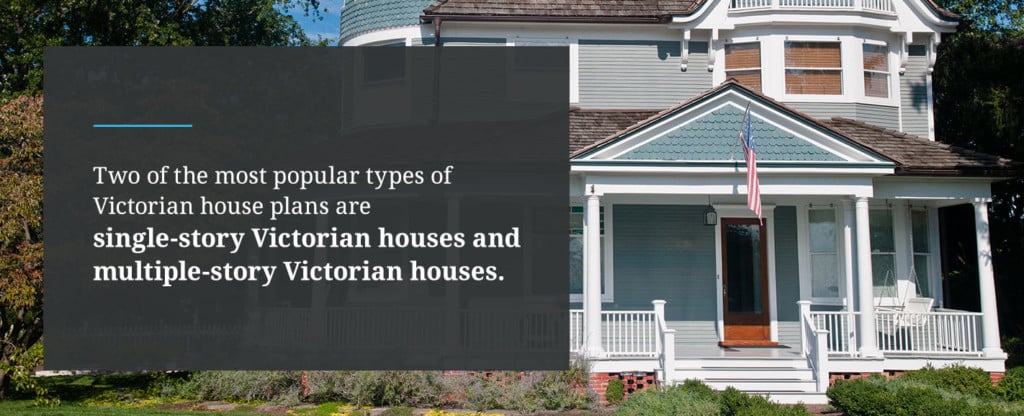
Today, many people opt to build their own Victorian-style homes using contemporary floor plans so they can take advantage of the benefits of Victorian design while still enjoying modern amenities. Historical homes can require a lot of maintenance, and some people may not feel it’s worthwhile to buy an old Victorian home and spend money updating it to be livable in modern times. For those people, Victorian house plans are the solution.
Victorian house plans are also more versatile than buying a historical home since homeowners can customize them to satisfy their needs. This means breaking from tradition and building a single-story Victorian home or building a small Victorian house with only the necessities.
Two of the most popular types of Victorian house plans are single-story Victorian houses and multiple-story Victorian houses:
Single-Story Victorian House Plan
Traditionally, Victorian houses have a minimum of two stories, and turrets and towers are most common in houses with at least three stories. However, this modern single-story Victorian house plan boasts the best of bungalows and Victorian homes by providing a traditional-looking Victorian exterior and a 1,466-square-foot interior featuring three bedrooms and two bathrooms.
The high ceilings allow the house to replicate the look of a tower on the exterior, while inside is a seamlessly connected breakfast room, kitchen, dining room and great room. The main suite is nestled near the back and features an ensuite bathroom, which includes a dressing room and walk-in closet. The two other bedrooms feature vaulted ceilings or a bay window and a shared hallway bathroom.
The home also borrows from traditional Victorian architecture with its spacious covered porch that you can customize to be as long as you want. The house plans also come with a two-car garage and optional stairs to a basement.
Multiple-Story Victorian House Plan
If you’re looking for more authentic Victorian-style house plans, this 2,071-square-foot, multiple-story house plan may be just what you need. The exterior will catch the eyes of passersby with its steep roof and octagonal turret. The enclosed porch, bookended by a sprawling verandah, performs double duty as aesthetic novelties and functional spaces for outdoor lounging.
Inside, you can enjoy 9-foot ceilings, a spacious living room with separate kitchen and dining areas, a half bath and the master suite on the ground floor. The main suite features a large en suite bathroom as well as French doors that lead to the verandah. The living room also features French doors to the veranda, and a grand staircase sits in between these rooms, leading to two more bedrooms, a second full bath and a game room on the second floor.
The game room is large and stretches into an octagonal turret with five windows encircling it, making it ideal for families with children or as a secondary living room.
The plans include an optional detached two-car garage, which is also styled with Victorian characteristics, such as a gabled roof and eyebrow windows.
Victorian House Plan FAQs
Two common questions that homeowners have about Victorian houses are how to decorate the interiors and how to paint the exteriors.
How to Decorate a Victorian House?

It can be tricky to find ways to decorate a Victorian house without sacrificing its old-world charm. The key to decorating a Victorian-style house is to blend traditional and contemporary with intention. Three of the best ways to do this are:
- Fabrics: Silk damask and velvet were popular choices for textiles in the Victorian Era, and these can be excellent choices for curtains or seat covers in your modern Victorian home. Linen and lace were also popular choices in Victorian interior decor, and they make excellent accents in your home.
- Patterns: Victorian homes used many different patterns at once, and you can instill this decor trend in your own Victorian-style home, too. It’s also a great way to put your personality into your home. If you’re worried about clashing patterns, just remember that the key to mixing patterns to keep them in the same color palate.
- Colors: Victorian interiors favor bold, dark colors, and you can keep up the traditional look by focusing on darker hues. It wasn’t uncommon for Victorian homes to have separate color schemes for every room, so you can play around a little and do the same with your Victorian-style home.
- Classics: Just because you didn’t buy a historical home doesn’t mean you can’t furnish it with antiques. You can find original pieces from the Victorian era or buy modern versions of similar designs. And this isn’t limited to just furniture — you can upgrade your bathroom or kitchen tiles to mimic Victorian Era tile or install traditional sash windows that are energy efficient.
How to Paint a Victorian House?
The best way to paint your Victorian house if you want it to have the old-world aesthetic is to use period-appropriate colors. You can do this by doing your own research or hiring a color specialist. The basics of painting a Victorian house involve understanding that the paint emphasized three main parts of the home’s exterior:
- The body or walls
- The decorative trim around the walls and windows
- Moveable elements, like doors, windows and shutters
Usually, a three-color paint scheme is most authentic if you want your home to resemble Early Victorian homes. Later Victorian homes expanded to use up to five-color paint schemes.
Browse Victorian House Plans by Family Home Plans
If you’re looking to build a new house, use pre-existing floor plans from Family Home Plans. You can take advantage of all the benefits of a luxurious Victorian home without worrying about upgrading it to be comfortable for modern times. Plus, you can customize the home plans to suit the needs of you and your family.
Browse through our selection of Victorian house plans today or get in touch with us by calling toll free: 1-800-482-0464.
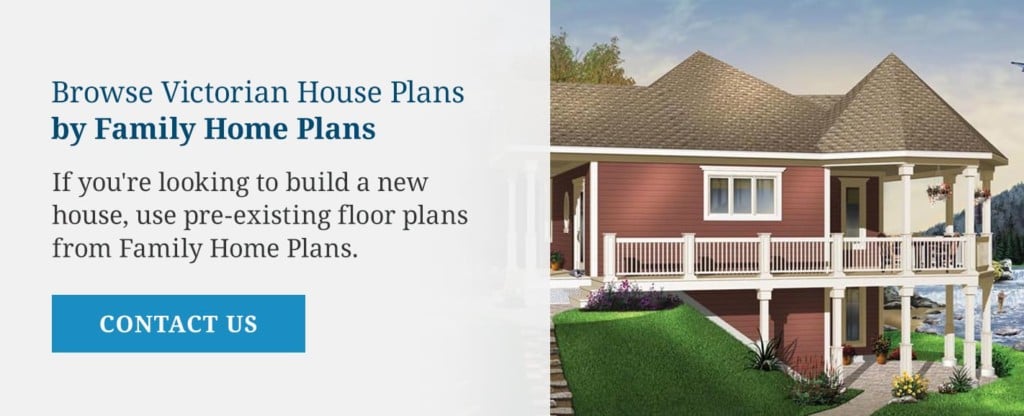

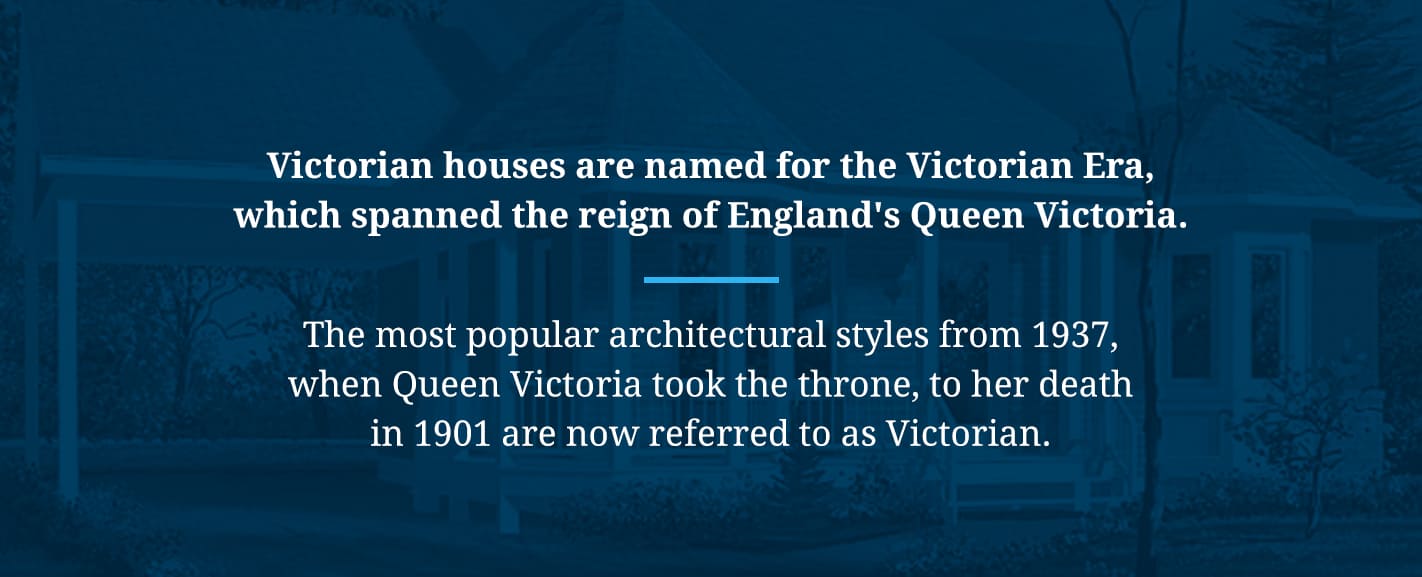
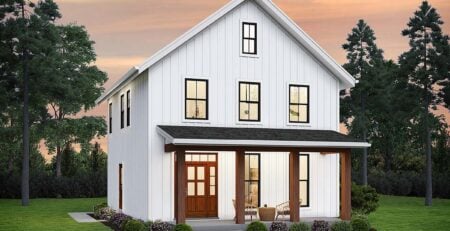
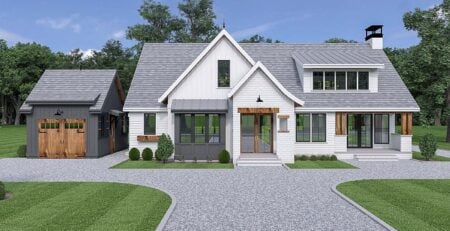
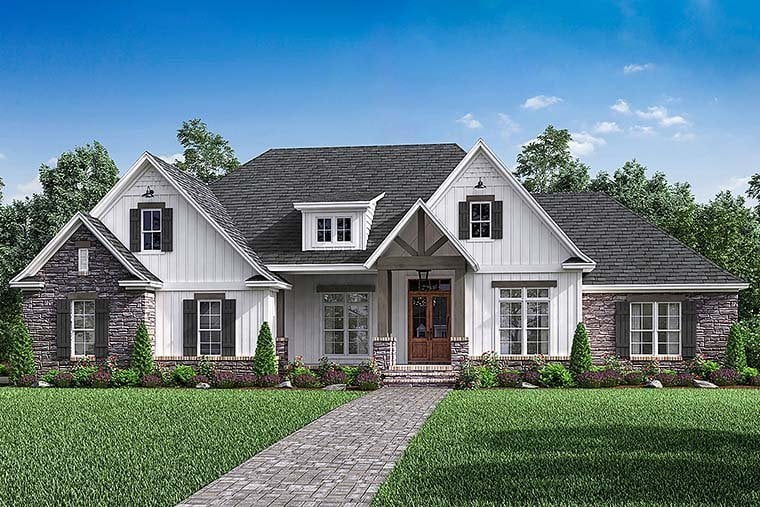
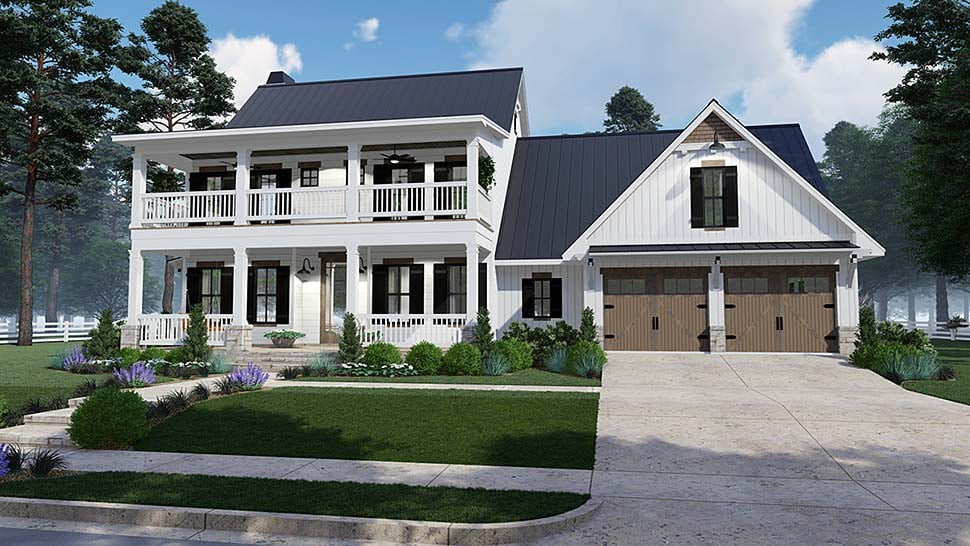
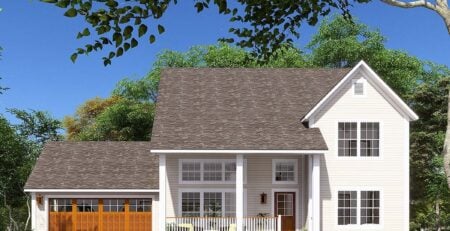
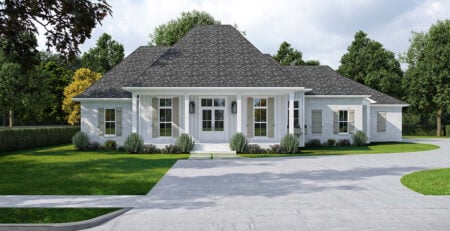

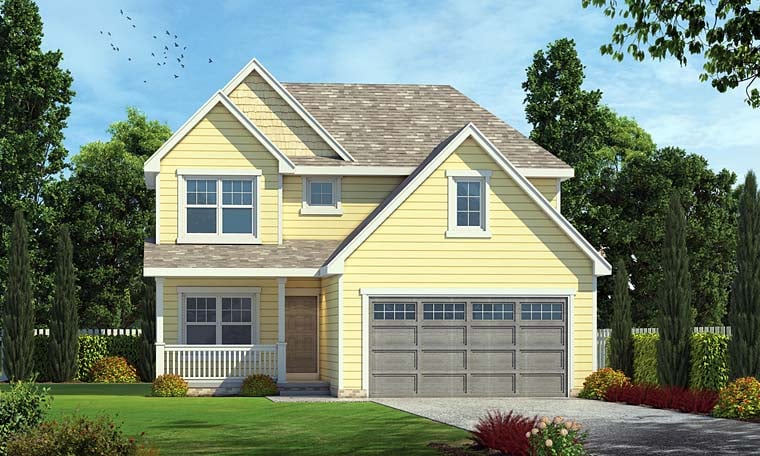
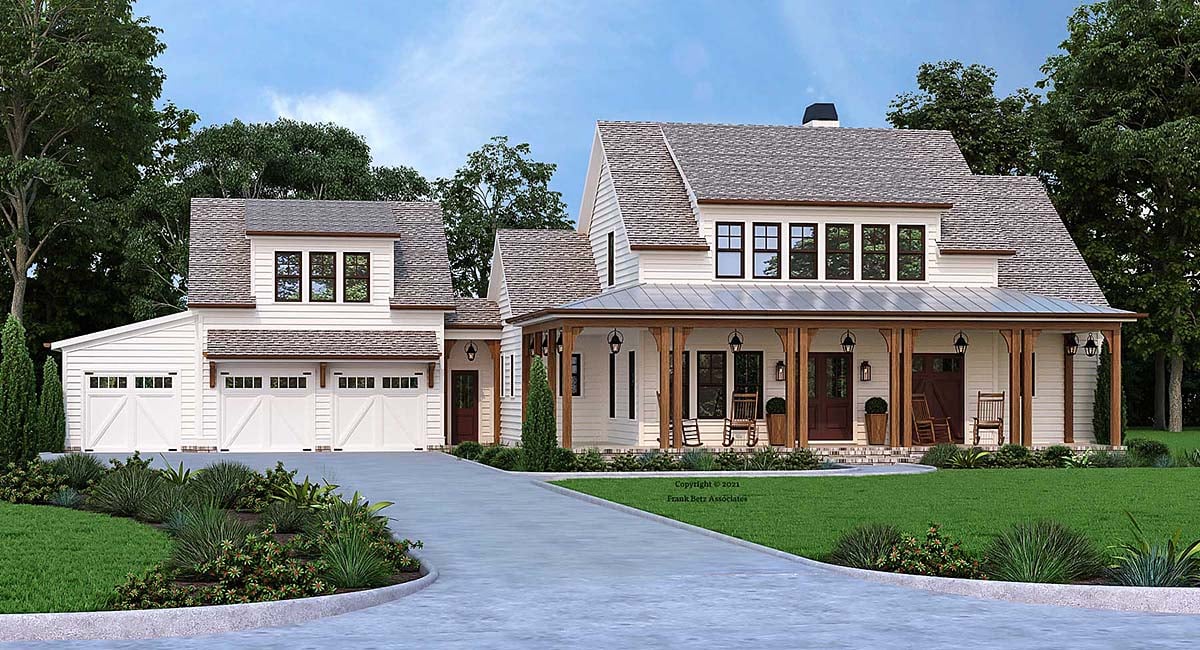
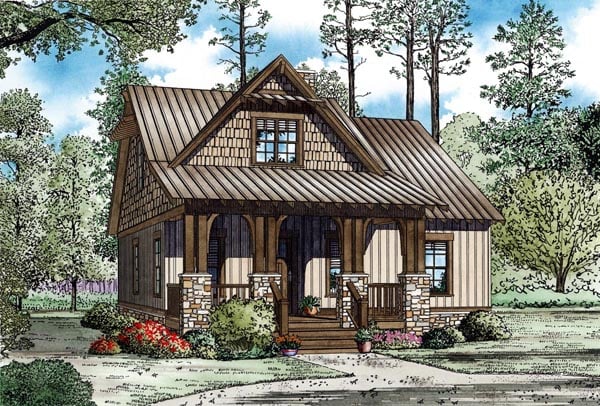

Leave a Reply